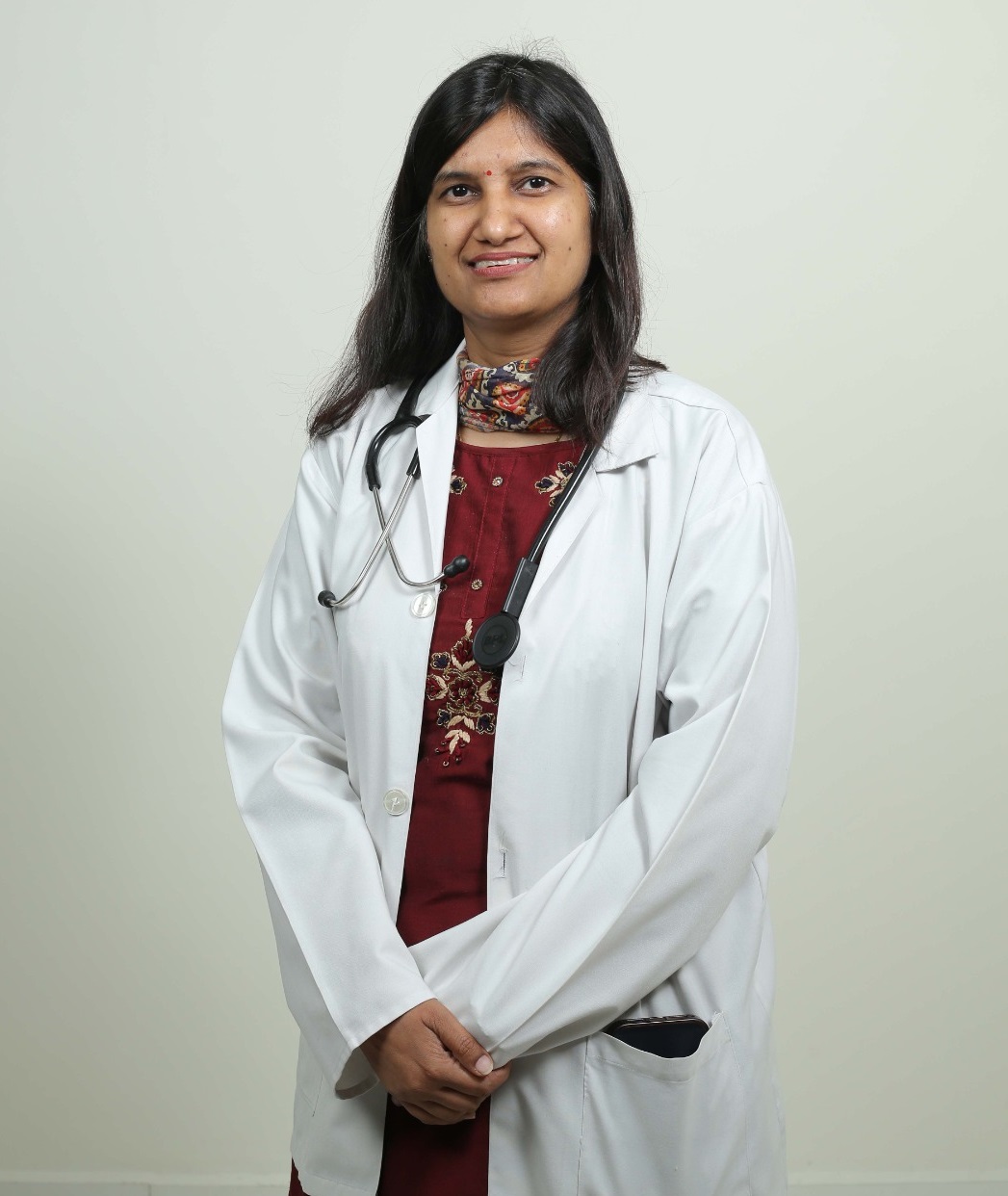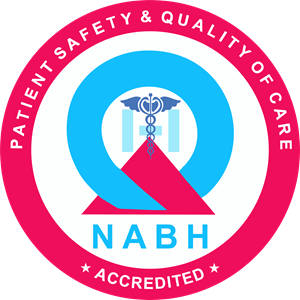Radiology

Dr. Ranjana Gupta
Professor & Head
MBBS, MD, Radiodiagnosis
13 years + Experience
Various Esteemed Institution Including DMCH, Ldh., PIMS Jalandhar
MMU Mullana

Dr. Nitin Goyal
PROFESSOR & HOD RADIO-DIAGNOSIS
(MBBS, MD RADIO-DIAGNOSIS, EDIR, D-ICRI )
Dr. Nitin Goyal is MBBS, MD Radiodiagnosis, EDiR (Diploma in European Radiology, D-ICRI (Diplomate – Indian College of Radiology and Imaging ), Registered with Dubai Health Authority (DHA) and Ministry of Health and Prevention (MOHAP), UAE He is a thorough professional with proven track record of success and 7+ years of experience in trauma related radiological imaging and patient care. Highly skilled in reading and interpreting trauma related medical images. Knowledgeable about performing non-vascular radiology procedures in trauma patients in tertiary hospital settings.
Radiology is a medical specialty that involves the use of medical imaging technologies to diagnose and treat diseases. Radiologists are physicians who specialize in interpreting and analyzing medical images to provide valuable diagnostic information to other healthcare professionals.
Here are some key points about radiology:
1. Medical imaging modalities: Radiology encompasses a wide range of imaging modalities, including:
– X-ray: This is one of the oldest and most commonly used imaging techniques. X-rays use ionizing radiation to create images of bones and certain soft tissues.
– Computed Tomography (CT): CT scans utilize a combination of X-rays and computer technology to generate cross-sectional images of the body. CT scans provide detailed images that can help detect and diagnose various conditions.
– Magnetic Resonance Imaging (MRI): MRI uses a strong magnetic field and radio waves to produce detailed images of the body’s internal structures. It is particularly useful for imaging soft tissues, such as the brain, spinal cord, muscles, and joints.
– Ultrasound: Ultrasound imaging utilizes high-frequency sound waves to produce real-time images of organs, tissues, and blood vessels. It is commonly used for prenatal imaging, assessing the cardiovascular system, and diagnosing various conditions.
– Nuclear Medicine: Nuclear medicine involves the administration of radioactive substances (radiopharmaceuticals) to the patient. These substances emit gamma rays that are detected by a special camera to create images. It is used to evaluate organ function and detect abnormalities at the molecular level.
2. Diagnostic and interventional radiology: Radiology includes both diagnostic and interventional aspects. Diagnostic radiology focuses on the interpretation of medical images to diagnose diseases and conditions. Interventional radiology involves minimally invasive procedures performed under image guidance to treat or manage diseases. These procedures may include angiography, biopsies, drainages, and minimally invasive tumor treatments.
3. Collaboration with other healthcare professionals: Radiologists work closely with other healthcare professionals, including referring physicians, surgeons, and specialists. They collaborate to determine the most appropriate imaging examinations, interpret the images, and provide accurate diagnostic reports to guide patient management.
4. Continuous technological advancements: Radiology is a rapidly evolving field, with constant advancements in imaging technologies and techniques. These advancements improve the quality and accuracy of medical imaging, leading to enhanced diagnostic capabilities and better patient outcomes.
Medical Imaging Services
| Sr. No. | Service |
|---|---|
| 1 | X-Ray |
| 2 | Ultrasonography |
| 3 | Mammography |
| 4 | Colour Doppler |
| 5 | CT Scan |
| 6 | CT Angiography (Except Cardiac) |
| 7 | CT Colonoscopy |
| 8 | CT Enterography |
| 9 | CT Urography |
| 10 | Ultrasound/CT Guided FNAC / Biopsy / Drainage Procedures |
| 11 | Whole Body MRI (Except Cardiac & Breast) |
| 12 | MRI Angiography |
| 13 | MRCP |
| 14 | Barium Swallow / Barium Meal Study |
| 15 | Barium Meal Follow Through |
| 16 | Barium Enema |
| 17 | Micturating Cystourethrography |
| 18 | Retrograde Urethrography |
| 19 | Intravenous Pyelography |
| 20 | Hysterosalpingography |
| 21 | Fistulogram / Sinogram |
| 22 | Loopogram |
Medical Imaging Services
| Imaging Modality | Procedure Types |
|---|---|
| CT Scan | Multislice |
| Superfast CT Angiography | |
| MRI | Brain |
| Spine | |
| MSK (Musculoskeletal) | |
| MRCP | Angiography / Venography |
| Abdomen | |
| Pelvis / Multiparameter Prostate | |
| X-Ray | X-Ray and Fluoroscopy |
| Related Procedures | |
| USG (Ultrasound) | Antenatal |
| MSK (Musculoskeletal) | |
| Pediatric | |
| Neurosonogram | |
| Spine | |
| Colour Doppler | |
| Renal | |
| Upper / Lower Limbs | |
| Arterial / Venous Doppler | Carotid Doppler |
Hospital Department
- Contact us
- info@amch.ac.in
- Ambulance: 8222954130
- Phone: 0171-2700000, 2700001
- Emergency: 8222954101
- NH - 44, VILL. MOHRI, SHAHBAD (M), DIST. KURUKSHETRA PIN 136135


